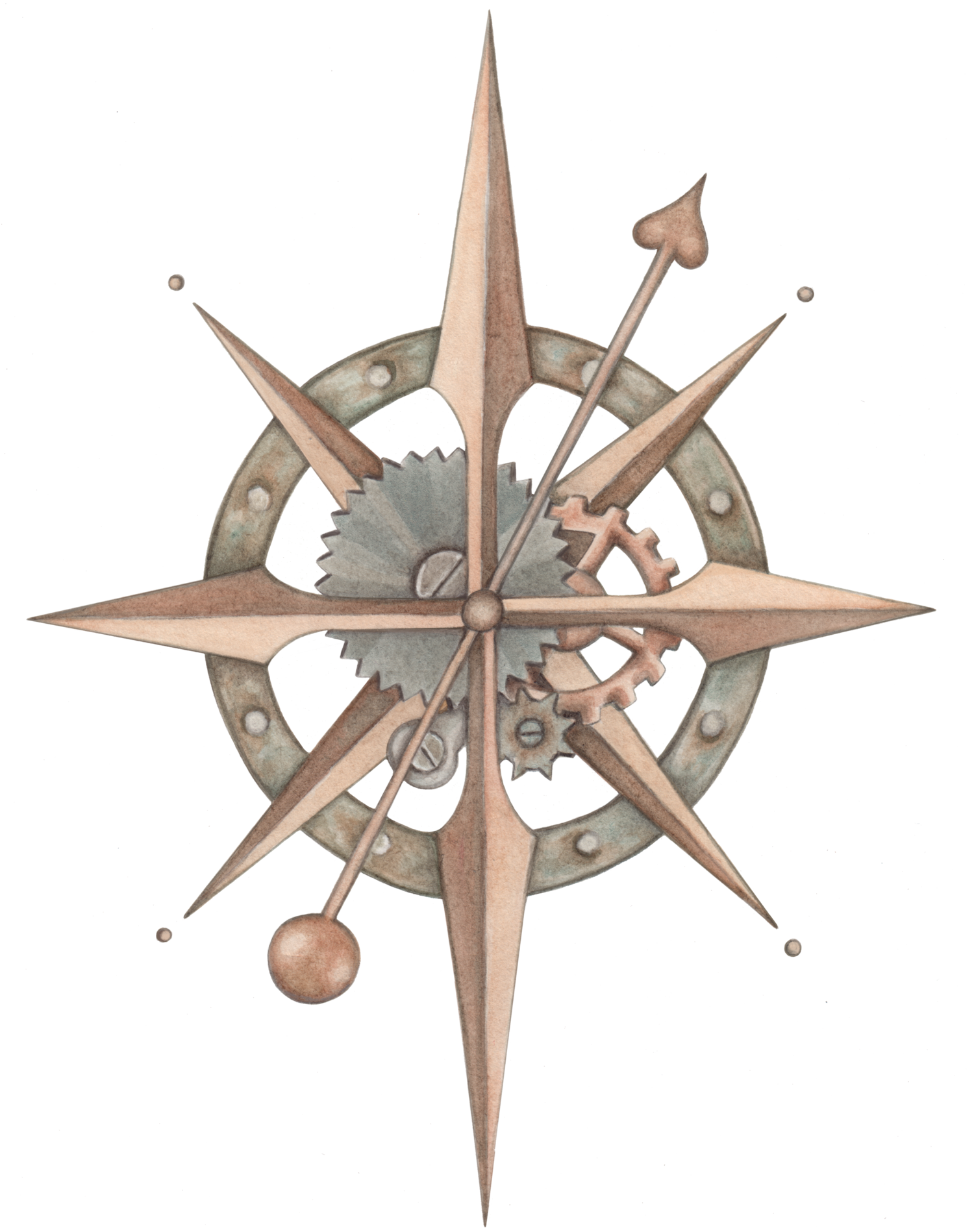My Story: Chapter One
/The prairie in Colorado where i grew up. Incidentally, this is where Badlands was shot.
WHERE I CAME FROM
I was born in Colorado in 1970. According to my mother, I was a ‘difficult’ baby. I had colic, I had respiratory infections, I had worms. I was also an incredibly light sleeper (still am) and then, as now, I seemed to absorb the emotions of those around me. My mother was anxious after I was born. The world at the time seemed like it was coming apart at the seams. Assassinations, the Vietnam war, Nixon. The grandmothers weren’t particularly helpful. Instead, they dropped subtle criticisms, like psychological water torture, and blamed my distress on my mother’s parenting. So my parents decided to get the hell out of dodge. They packed their belongings into a trunk and a few suitcases and moved to Mexico. I was four months old and my sister was two.
My father was researching Mayan cultural life, whilst also undertaking a masters in creative writing and teaching at the University of Americas. My mother was an RA for the University dorms. Their money went much further in Mexico, so we had a housekeeper/nanny. We lived in a small village. My sister and I could run wild safe in the knowledge that we were under the watchful eye of students and the residents.
I learned Spanish and English simultaneously. So I was as fluent in Spanish as a Mexican toddler would be. I knew that my father’s Spanish was ‘muy mal’, so I spoke English with him, Spanish with my mother and the nanny. And both with my sister.
We moved back to the United States just before I turned five. My parents decided it would be better for us girls if we were educated in American schools. I often wonder whether they were ultimately happy with that decision. Still, we did it. We moved to the badlands of southern Colorado, where my grandparents lived. And my parents bought a ramshackle farm house on a huge plot of land lined with fruit trees and old oaks.
WHO AM I? LIMINAL SPACES & IDENTITY
When I was in kindergarten, the teacher, in a possibly misguided attempt to help us understand difference and inclusiveness, asked the ‘Anglo’ kids to stand up. Then she asked the Mexican kids to stand up. I stood up. After all, I had brown skin (from being outside), I spoke Spanish, and in my child’s mind, I came from Mexico. I was asked to sit down. I was confused. If I wasn’t Mexican, than who was I? This quest to understand the self, to make sense of a life that was often lived in the margins, started here, at the age of five, in a small town classroom.
This sensation of being neither one thing nor another - not Mexican, not really American – has been the thematic template for my life. I moved to the United Kingdom when I was 19 and became a British citizen, but I wasn’t really considered British by the Brits. And when I returned to the USA, people thought I was British. So yeah – neither British nor American – the theme continued.
I realize in retrospect, that this feeling of being in-between is an expression of liminality. The word liminal comes from limen meaning “threshold”. So a liminal space is the space in between, a sort of limbo. The concept of liminality was developed by anthropologist Victor Turner to describe the middle stage of a rite of passage. But liminality can exist outside of ritualized spaces. When you are on the threshold, you haven’t left one world or entered another...yet. Being in-between can feel strange in a society that prizes action and decisiveness. It can appear wishy-washy.
If you choose to have an identity which is essentially liminal, it can also make others uncomfortable. I’ve often been asked, “So what nationality are you really? Do you feel more British or more American?” Human beings often categorize other people in the simplest of terms, because that makes them easier to understand and easier to contain. Those who identify as bi-sexual or mixed race can also feel like they must choose between one identity or another. They cannot be both. They cannot remain in-between. The reality is, I am both British and American. I am a dual national who also grew up in Mexico. I am of English speaking heritage but I learned Spanish before I learned English. I am an artist who is also a writer and a choreographer. I am a choreographer who works in film. And in that context, I’m usually listed in the miscellaneous category. The place where you put things that don’t easily fit anywhere else. I am and always will be in-between, which is actually an identity in and of itself.


